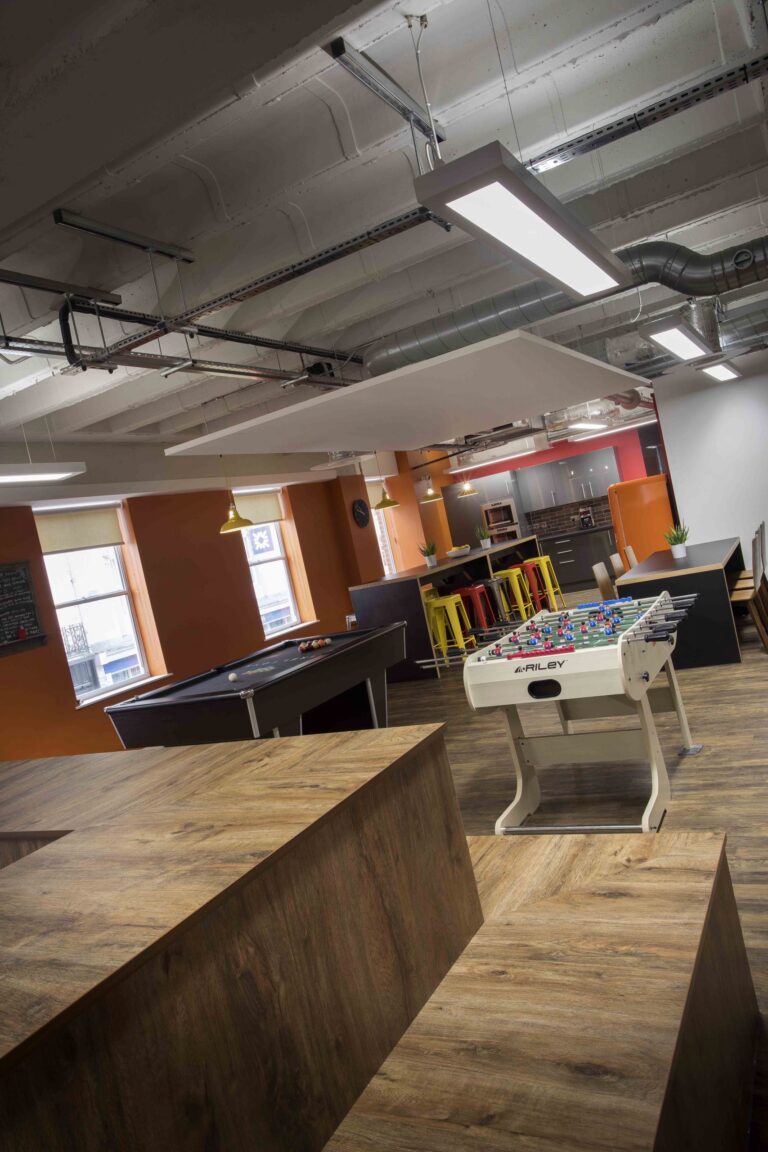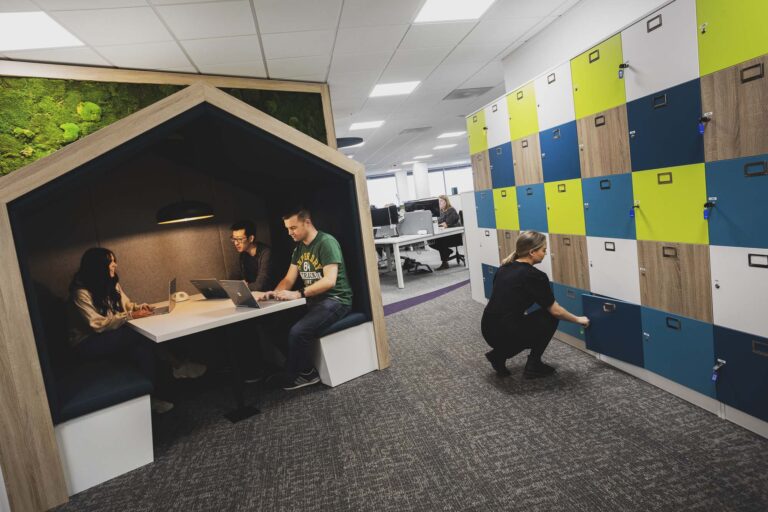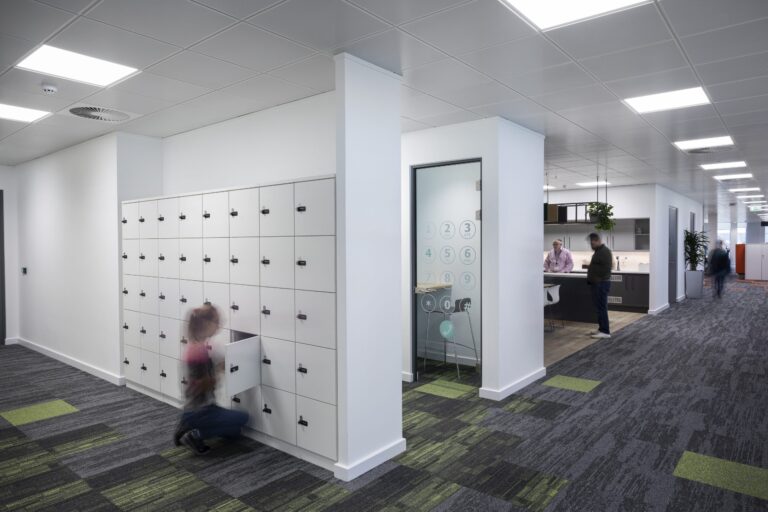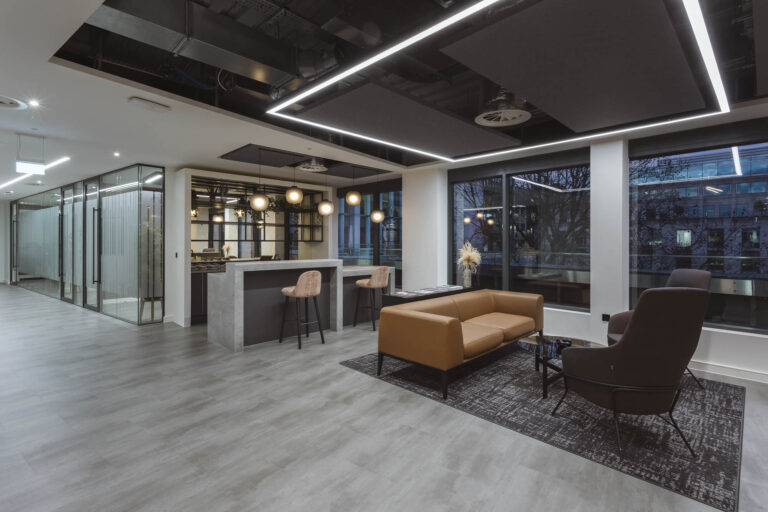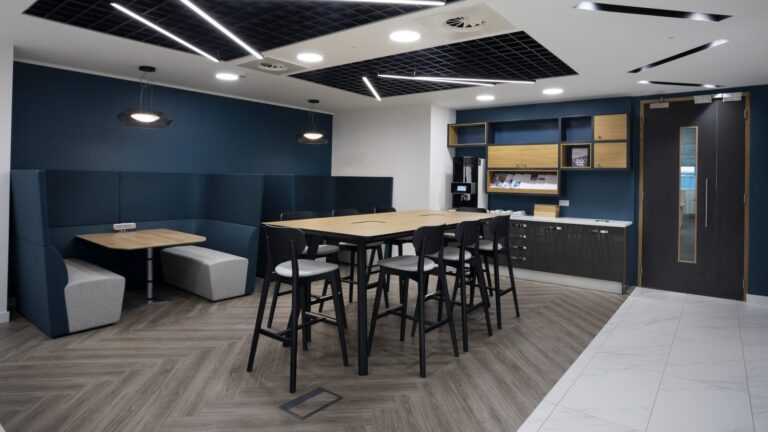
So, with an increasing acceptance that wellness underpins productivity, there are some practical steps that companies can take to improve workplace culture and environment in order to motivate, inspire and care for employees.
Engage with employees and shape your culture.
The need to engage with employees is two-fold – firstly it’s about identifying what areas of the business they would like to change in order to improve their emotional and physical experience, the second is to make ongoing engagement and communication a defining characteristic of the organisation. Collating employees’ views on how, when and where they work as well as their feelings on how well work settings support them and overall job satisfaction, provides a useful understanding of the starting point and can determine the path ahead.
As Richard Branson said “Too many companies are too keen to put multitudes of rules and regulations on their staff. Not only does this stifle flexibility, but it suggests a lack of confidence in your team to do their jobs as efficiently and effectively as possible. Give your people freedom to be independent, and your business will reap the rewards. I truly believe that if you take care of your employees, they will take care of your business.”
Audit business processes and facilities.
Building on step one, it’s necessary to take a closer look at the workplace and its facilities and whether they work effectively. Workplace consultants can monitor and analyse the physical performance of the workplace and the behaviours of those using it, before identifying potential changes to better convey organisational values, build a supportive culture, improve information flow, stimulate wellbeing and better manage property costs.
Build a business case for why wellbeing matters to your organisation.
Call on HR to provide analysis about the costs associated with sickness and staff attrition and see what data is available on the efficacy of recruitment, team productivity and overall performance. This will identify key challenges and provide clues as to the projects and initiatives required to respond. For example, if the objective is to reduce annual days lost to sickness then the business case might identify this challenge and focus on finding ways to improve access to GP appointments, changing the way sick-pay is provided and hosting free ‘be healthy’ seminars for employees.
Create a policy that highlights the holistic value of people.
Wellbeing is about prevention rather than just cure and so it should involve finding ways to help employees be happy and healthy and to improve the quality of their lives. Creating a wellbeing policy can be useful to set out the context and need for employee wellness and spell-out the company’s pledges and promises to its employees. It can also be useful for investor relations and managing company reputation too. A policy might set organisational benchmarks and targets as well as outline positive initiatives such as community projects for employees, access to smoking cessation services, fun ways to show appreciation to colleagues or the introduction of flexible working. It’s important to remember that the success of a policy or charter will always rely on effective communication and consistent cultural behaviours to drive take-up.
Train managers to do more than manage.
All too often line managers have practical job experience and technical skills, rather than the people skills to support their teams. Invest in all managers and give them the empathy and mentoring skills needed to build effective teams. This should include guidance on how to spot the warning signs that a colleague is suffering from stress, anxiety or ill health. Nick Davison, head of partnership health services at John Lewis said in an interview with Personnel Today: “It is very easy to lose sight of the fact that the vast majority of people are at work and not off sick, but being at work doesn’t mean you are well and firing on all cylinders…We have worked hard with line mangers to get earlier intervention as we know it leads to earlier recovery.”
Identifying high performing and healthy workplaces.
The four key drivers of wellbeing have been identified as employees’ values being aligned with the company’s, the ability to belong and feel part of a team, the work environment and recognition, so it is clear that wellbeing and engagement are strategic enablers of efficiency, productivity and profitability. As Advisory, Conciliation and Arbitration Service (ACAS) says: “Job satisfaction – including aspects such as satisfaction with training, skills development opportunities, how much autonomy employees have in their role, and how much scope they have to use their own initiative and influence decisions, show a strong and positive link with workplace performance.”
A high performing workplace is one where company goals are well defined and understood by employees, communication is frequent and open, team working and cooperation are the norm and there is a culture of support and wellbeing. The common thread linking all of these elements is a firm understanding and prioritisation of employees and their needs.
Wellbeing is not about managing illness when it happens or providing soft perks and benefits for employees. It is about recognising the value of people and putting them at the heart of a business. Employee-minded employers do this by building supporting and inspiring workplace cultures, encouraging positive life choices and effectively designing ill-health out of their workplaces. They reap the benefits through lower absenteeism and its associated costs, improved reputation and talent recruitment, more productive employees and greater profitability.
See how we could help with your new office interior design or office design and build project here
Get in touch
We love nothing better than talking all things workplace and design – got a question, potential project or just need some guidance?
Drop us a note…


